Going on a road trip with the family should be a fun adventure enjoyed by everyone, and with a little preparation before you leave home it can be.
Start of preparation early
Don't wait until the last minute to make sure your car is in road-ready condition, do it a week or two before you plan to leave. That way you will be more relaxed when you do it, and less likely to forget things, or skip things in your rush to be ready.
Check your car
There's nothing worse than sitting on the side of the road with a carload of bored kids waiting for the roadside assistance guy to arrive to ruin your holiday.
Before you leave home check the engine oil, coolant and windscreen washer reservoir, and top up if needed. Also check the operation of things like the lights, wipers and washers and make any necessary repairs.
Check your tyres
Leaving home with bald or underinflated tyres is inviting trouble.
Visually check your tyres looking for things like excessive or uneven wear, cuts, and embedded nails that could cause a puncture.
Also check the tyre inflation pressure and reset to the recommended pressure if needed.
Don't forget to check the spare. It too should be in road-ready condition, and inflated to the recommended pressure, so it's ready to go in the event you need it.
See clearly
A clear view of the road ahead and the surrounding area is important. Looking through a windscreen smeared with dirt and road grime can be tiring, as well as unsafe.
When you're doing your pre-trip checks be sure to check the operation of your lights; that is the headlights on high and low beam, taillights, brake lights, and front, rear, and side repeater turn indicators. Replace any globe that isn't working.
Before you leave home clean the windscreen, side and rear windows.
What should I carry in my car?
Spare oil should be carried. Check your engine's oil every day or so while you're travelling, and top it up if needed.
Coolant should also be carried and used to top up the cooling system if needed. Remember to do it first thing in the morning before you start up, and definitely don't do it when the engine is hot.
It's worth carrying windscreen washer fluid. Windscreens get smeared with road grime and dirt on a trip, and we use our windscreen washers more often to clean them.
Take a cloth or paper towels to be able to check your oil without getting your clothes dirty, and to clean your windows.
It's also worth carrying a first-aid kit to attend to minor injuries, a torch, a mobile phone, and maps or a mobile device with a maps app are handy.
Don't forget to take your roadside assistance membership card with you.
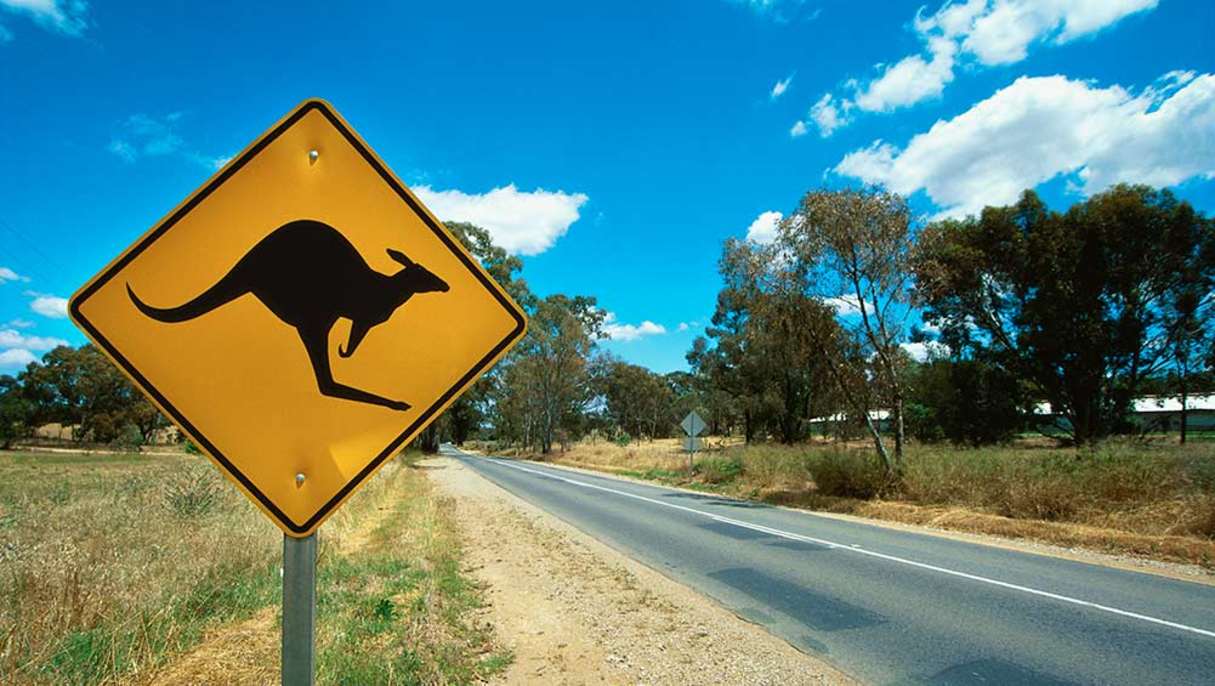
Plan your trip
Take the time to review your planned route before you leave, check the condition of the roads you will use, and particularly the stops you'll make along the way.
Go to the road authorities' websites, or those of the motoring clubs, to check on the road conditions, including any roadworks you might encounter along the way.
Regular rest and recovery breaks help us stay alert.
Keep your kids entertained
Bored kids can quickly turn your trip into a nightmare. To prevent them from getting bored take along the things they enjoy, like books, games, and videos.
Pack for safety
Fitting the things in we want to take with us on our trip is often a problem. Only take what you really need.
Carefully pack the luggage and whatever it is you're carrying so it can't move around. Loose items become dangerous flying weapons of destruction in a crash, so everything needs to be safely stowed and restrained.
Pack luggage in the boot rather than in the cabin, that way it won't be a hazard in a crash.
If you drive a wagon or a hatch that doesn't have a boot, secure the luggage with a net.
Luggage carried on a roof rack must be securely restrained under a net.
Don't overload your car. If you think it might be overloaded take the loaded car with the passengers you will have on board to a weighbridge.
Refer to your owner's manual to find out the maximum weight of the car when fully loaded with passengers and luggage.
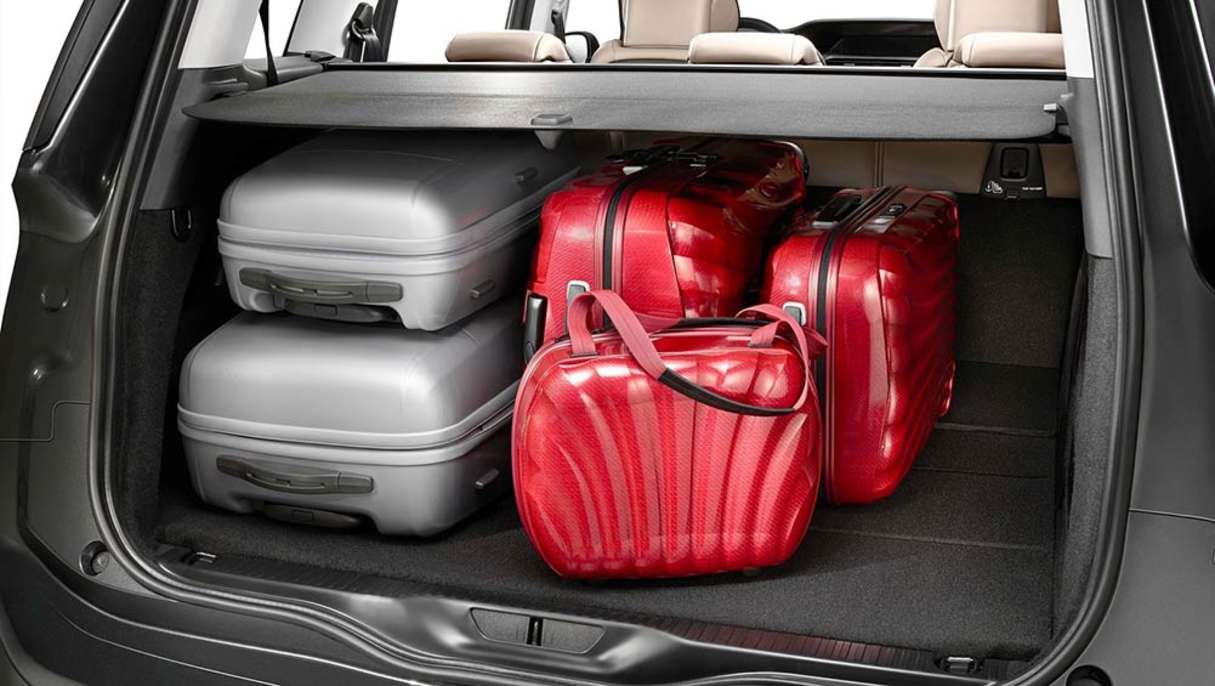





.jpg)
.jpg)


.jpg)
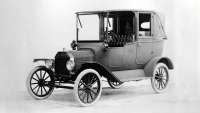


.jpg)

.jpg)
.jpg)
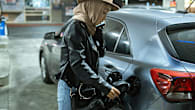
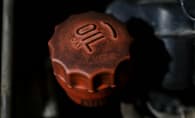

.jpg)




